Four Probe Setup, DFP-RM-200N/ DFP-RM-200NC
Product Details:
- Weight 30 Kg Kilograms (kg)
- Usage Laboratory use
- Application Laboratory use
- Material Electronics
- Color Grey
- Display Type Digital
- Click to View more
Four Probe Setup, DFP-RM-200N/ DFP-RM-200NC Price And Quantity
- 1 Set
Four Probe Setup, DFP-RM-200N/ DFP-RM-200NC Product Specifications
- Laboratory use
- Electronics
- 30 Kg Kilograms (kg)
- Digital
- Grey
- Laboratory use
Four Probe Setup, DFP-RM-200N/ DFP-RM-200NC Trade Information
- Cash Against Delivery (CAD), Cash on Delivery (COD), Cash Advance (CA), Cheque, Telegraphic Transfer (T/T), Delivery Point (DP), Cash in Advance (CID)
- 100 Set Per Month
- 1 Week
- Contact us for information regarding our sample policy
- Complete in all respect
- Asia, Australia, Central America, North America, South America, Eastern Europe, Western Europe, Middle East, Africa
- All India
- ISO 9001:2015 CE
Product Description
Four Probe Setup, Dfp-rm-200nc
Description
The Four Probe Method is one of the standard and most widely used method for the measurement of resistivity. In its useful form, the four probes are collinear. The error due to contact resistance, which is significant in the electrical measurement on semiconductors, is avoided by the use of two extra contacts (probes) between the current contacts. In this arrangement the contact resistance may all be high compare to the sample resistance, but as long as the resistance of the sample and contact resistance's are small compared with the effective resistance of the voltage measuring device (potentiometer, electrometer or electronic voltmeter), the measured value will remain unaffected. Because of pressure contacts, the arrangement is also specially useful for quick measurement on different samples or sampling different parts of the sample.
Description of Experimental Set-up:
1. Probes Arrangement: It has four individually spring loaded probes. The probes are collinear and equally spaced. The probes are mounted in a bush, which ensure a good electrical insulation between the probes. A spacer near the tips is also provided to keep the probes at equal distance. The probe arrangement is mounted in a suitable stand, which also holds the sample plate and thermocouple sensor. This stand also serves as the lid of PID Controlled Oven. Proper leads are provided for the current and voltage measurements.
2. PID Controlled Oven: The unit is a high quality PID controller wherein the temperatures can be set and controlled easily. The P, l and D parameters are factory set for immediate use however the user may adjust these for specific applications as well as autotune the oven whenever required. The steps for these are given in the user manual. Although the controller may be used either for our small oven, up to 200C or a larger oven up to 600C, however,
in the present setup only small oven is to be used. The controller uses thermocouple as temperature sensor.
Specifications of the Temperature Controller: The controller is designed around Autonics Temperature Controller Model TZN4S. Although this is a very versatile piece of equipment, below is a summary of the specifications that are relevant to the present application. The PID parameters are factory
set to a reasonable level (P = 1.8; I = 300; D = 80) for immediate operation of the unit.
Temperature Range: -190C to 200C
Oven: Specially designed for Four Probe Set-Up
Display Accuracy: +-0.3C
Sensor: Thermocouple (Chromel-Alumel)
Setting Type: Front push buttons
Display: 7 segment LED, two rows
Control Method: PID, PIDF, PIDS
Values: Process Value, PV and Set Value, SV
Temperature control range: Ambient to 200C
Power: 150W
3. Control Unit of Four Probe Setup: The unit comprises of two sections a totally isolated constant current source, and a grounded voltage measurement system. Features of these two sections are described below in some detail.
(A) Constant Current Source:
It is an IC regulated current generator that is galvanically isolated from the rest of the circuit which is a basic requirement of four probe method. The isolation is achieved by using an optically coupled amplifier and associated circuits. This circuit sends a constant Current. To the changing resistance of the sample due to change in temp.
A judicious choice of the current setting as detailed in the user manual is necessary depending on the resistance value that is measured. Brief technical details of the current section are as under:
Current Range: 2 A, 20 A, 200 A, 2mA, 20mA and 200mA with over ranging
Open Circuit Voltage: 15V in the lower four ranges and 9V in the upper two
Accuracy : 0.25% of the reading 1 digit
4-line LCD display with indication when current needs decreasing
(b) Digital Voltmeter Section
The voltmeter is used to read the voltage developed between the middle pins of the four probe arrangement. A primary requirement is to have very high input resistance so that the measurement is not disturbed in case of high resistance samples. The input range of the voltmeter is thus limited by avoiding the use of any potential divider. Brief technical details are as under:
Voltage Range: 2mV, 20 mV, 200 mV, 2V with over ranging
Manual adjustment of Offset Voltage whenever current/voltage range is changed
Accuracy : 0.25% of the reading 1 digit
4-line LCD display with over voltage indication
In addition to the above, the Four Probe Setup as well as the PID Oven Unit may be connected to a computer for data logging purposes. Necessary hardware and software are included in the system.
The setup is complete in itself.

Price:
- 50
- 100
- 200
- 250
- 500
- 1000+
 English
English Spanish
Spanish French
French German
German Italian
Italian Chinese (Simplified)
Chinese (Simplified) Japanese
Japanese Korean
Korean Arabic
Arabic Portuguese
Portuguese
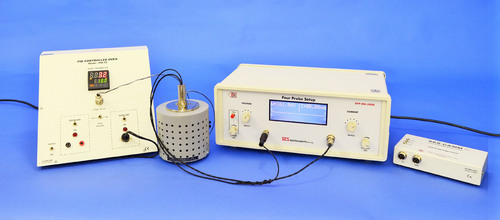
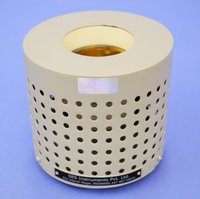
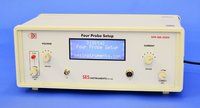
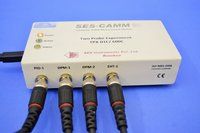
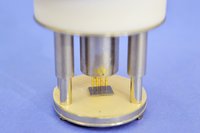
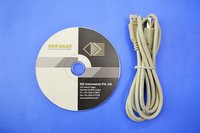
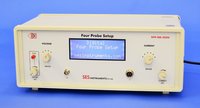

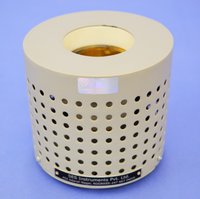
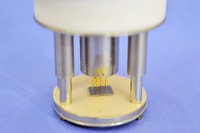
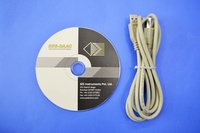






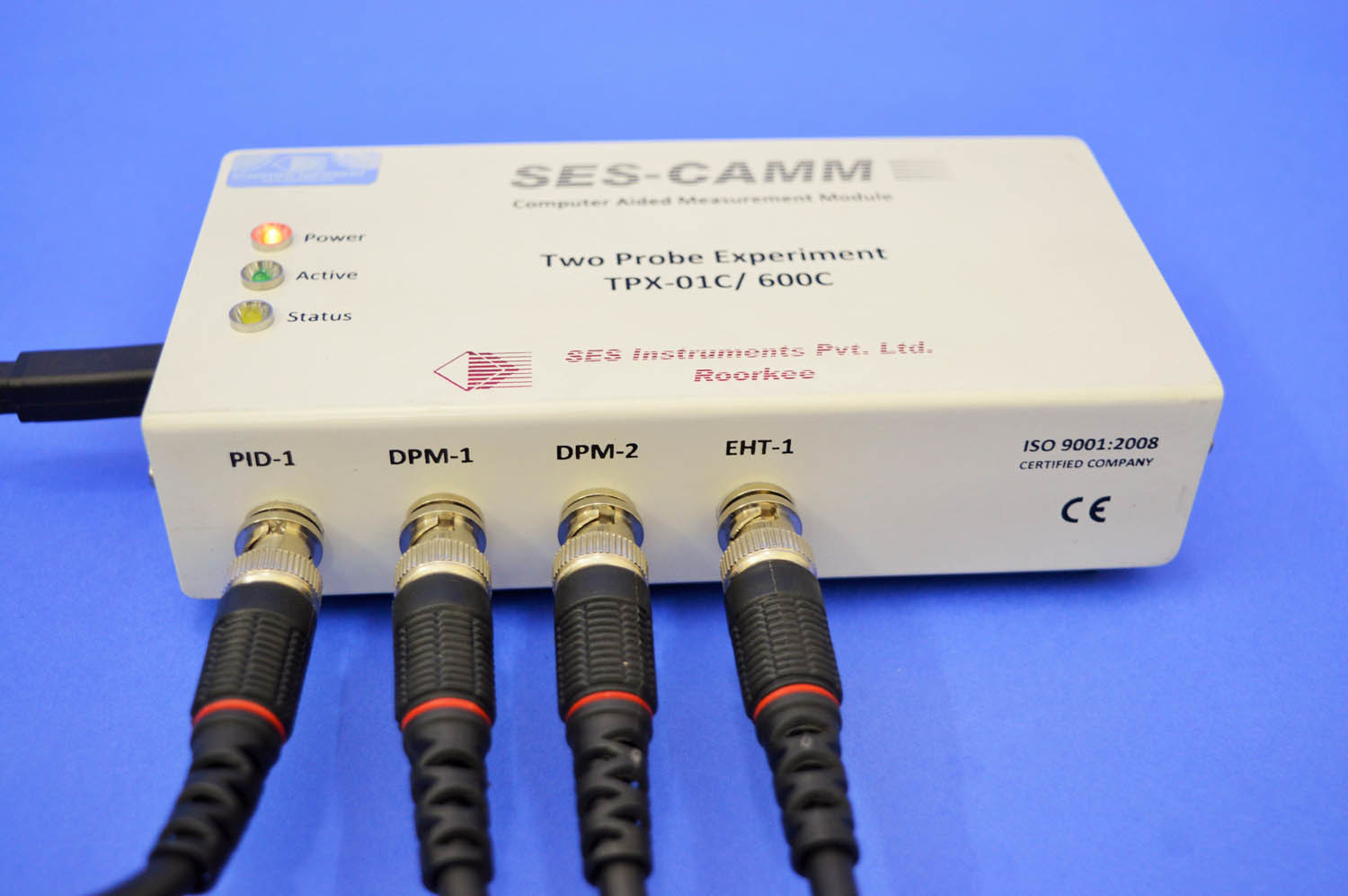








 Send Inquiry
Send Inquiry Send SMS
Send SMS Call Me Free
Call Me Free
